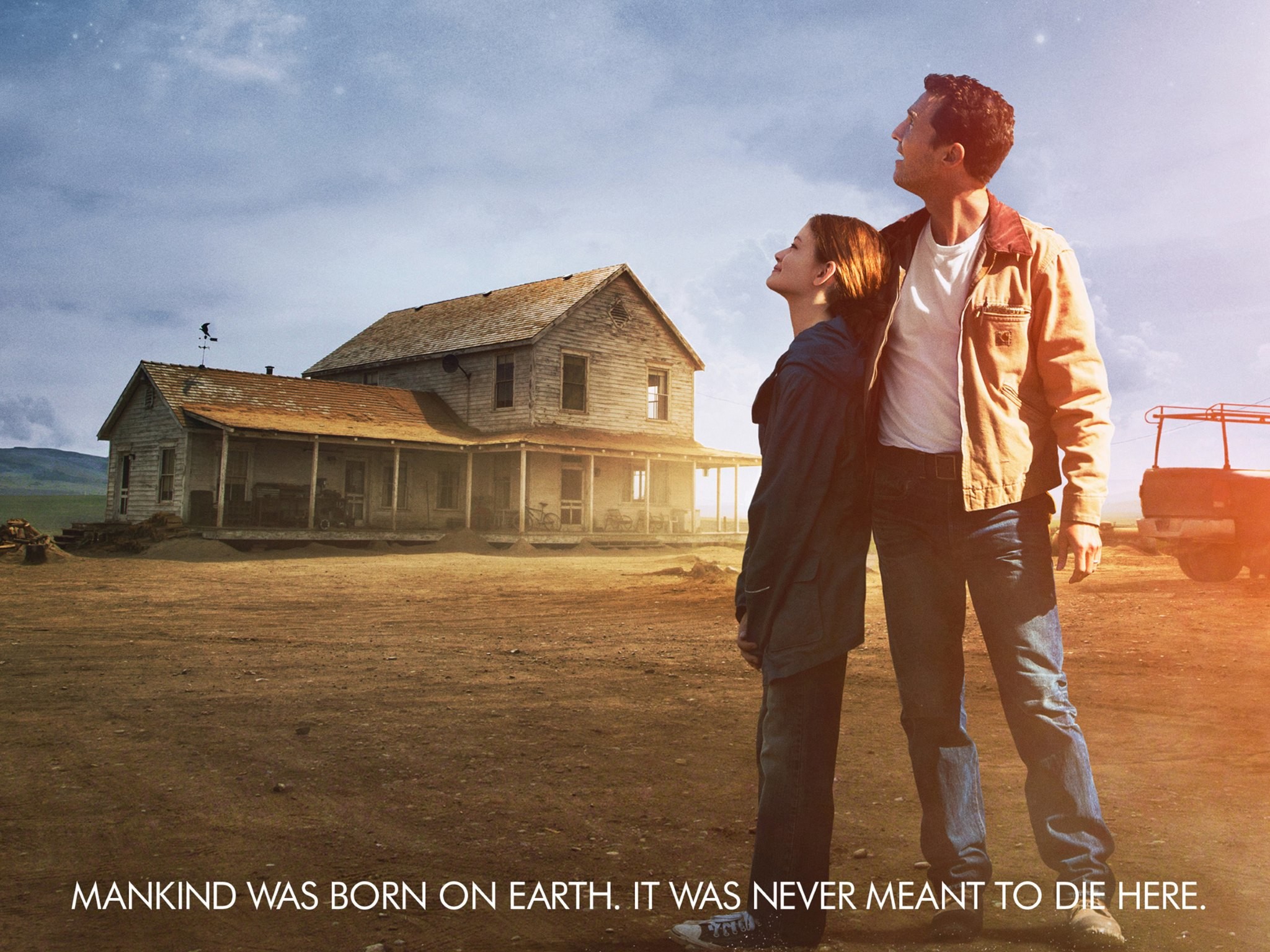

The sound team manipulated organic insect and feline sounds to achieve the sound of a purring 'plane' flying high above the desert, and as things start to go awry with the arrival of the worm, Atmos is used to create the stunning sensation of the craft dive-bombing deep into the sand storm. In the scene about an hour into the film where we first get to encounter a giant sandworm, Paul and his father take a flight in an Ornithopter (a dragonfly-like aircraft) to inspect the spice harvest.


No matter how epic things get, Dolby Atmos is used to build a sculpted sonic world that delicately engulfs the audience creating a sense of intimacy as much as it does scale. There’s a continual, seamless handing over between the two elements that unifies the soundfield and enhances the drama without overwhelming the viewer. Zimmer has spoken extensively about his fanboy levels of admiration for Herbert’s book (though he claims to have never seen the widely panned 1984 adaption with a soundtrack by Toto and Brian Eno), and it seems he is equally enamoured with Dolby Atmos pulling his magnificent genre-bending industrial-prog-operatic-Celtic-spiritualist score into every speaker in a way that integrates, rather than dominates, the rest of the audio. But Dune’s excellent pedigree extends far beyond its cast and director Denis Villeneuve to include the sonic dream team of sound designer Mark Mangini ( Mad Max: Fury Road, Blade Runner:2049) and eminent film score composer Hans Zimmer ( Gladiator, Pirates of the Caribbean series, Blade Runner:2049). Alongside Chalamet in his desert quest to save all of humanity is an impressive line-up including Rebecca Ferguson, Jason Momoa, Javier Bardem, Zendaya, Dave Bautista and a spectacularly grotesque Stellan Skarsgård.


 0 kommentar(er)
0 kommentar(er)
